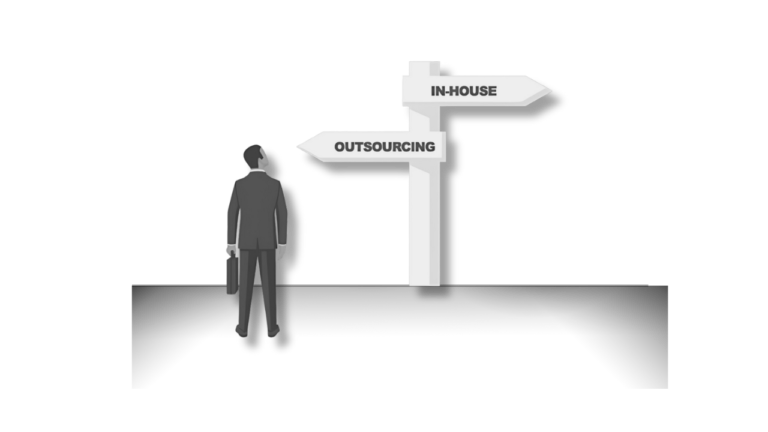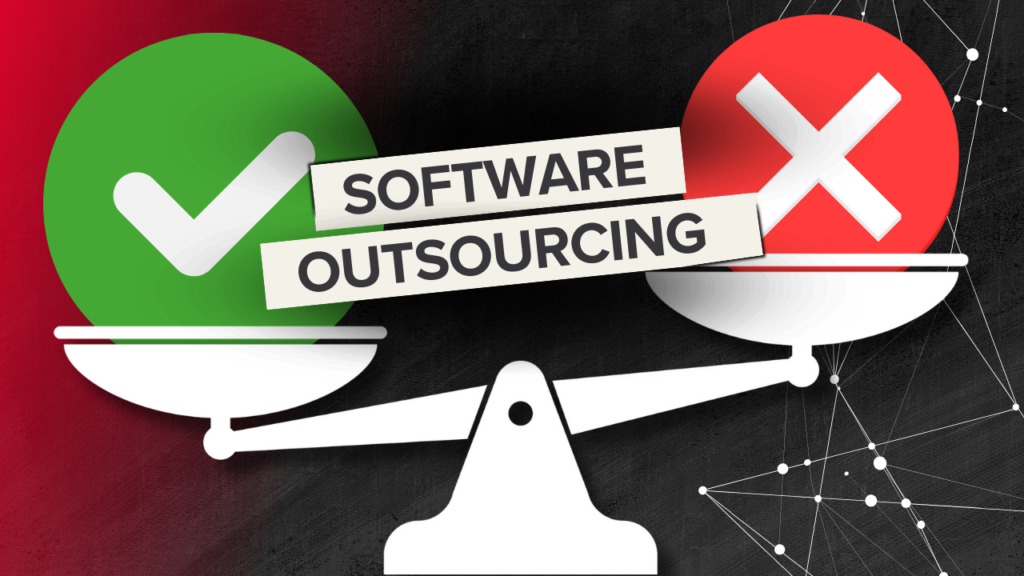Introduction
This was exactly the scenario faced by a startup founder who, after numerous trials and errors, discovered that leveraging external developers was the key to overcoming these hurdles. This revelation didn’t just save the day; it transformed how they approached scaling and innovation.
But what is "staff on demand"?
The term “staff on demand” is central to modern software outsourcing strategies. This concept allows businesses to scale their project teams up or down based on immediate needs, providing unparalleled flexibility. For instance, if a company faces a significant product release, they might bring in a large number of developers to handle the workload.
Conversely, during budget cuts, they can reduce the team size accordingly. This model enables companies to adjust resources dynamically, ensuring that they are neither overstaffed nor understaffed.
Real-World examples of successful outsourcing
- Google: Google started outsourcing its customer support center for AdSense in 2011. By 2019, reports indicated that Google had more contractors than full-time employees. This shift allowed Google to scale its operations efficiently and focus on core business areas while handling an extensive support network through outsourcing.
- Microsoft: Microsoft’s outsourcing strategy includes working with Accenture, among other vendors, to access a vast pool of professional developers. Currently, Microsoft collaborates with over 65,000 dedicated professionals through outsourcing, highlighting how large-scale companies effectively leverage external talent to support their operations.
Understanding the outsourcing market
- Revenue trends: The revenue from outsourcing services is expected to grow, with sectors like banking, financial services, and healthcare leading in outsourcing activities. These industries leverage outsourcing to manage costs and access specialized skills while focusing on their core operations.

- Outsourcing models: Outsourcing can be categorized into nearshore, offshore, and onshore models. Nearshore refers to outsourcing within the same or nearby countries, offshore involves outsourcing to distant continents, and onshore is within the same country. Each model offers different advantages based on cost, expertise, and proximity.
When your should consider outsourcing
- High project volume: When handling a large number of projects with limited in-house staff, outsourcing can fill the gaps and provide additional resources as needed.
- Specialized skills: If specific technical expertise is required that your team lacks, outsourcing can provide access to those skills without long-term commitments.
- Time constraints: Tight deadlines can be managed by outsourcing tasks, ensuring timely delivery without overburdening existing staff.
- Budget constraints: Outsourcing to regions with lower labor costs can be a cost-effective solution for companies facing budget limitations.
- Proof of concept: For new projects, outsourcing can help test feasibility and validate ideas without the need for a full-scale internal team.
Pros and cons of Outsourcing vs. In-House teams
When it comes to building and managing a team for software development, companies face a crucial decision: should they build an in-house team or outsource the work? Both approaches have their advantages and challenges, and understanding these can help businesses make an informed choice based on their specific needs and goals.
In-House Teams
PROS
- Control and oversight:
- Direct management: In-house teams offer greater control over the development process. You can directly manage daily operations, ensure alignment with company goals, and address issues as they arise.
- Cultural fit: Teams working within the same organizational culture are often more aligned with the company’s values and objectives. This cultural integration can lead to more cohesive work and smoother communication.
- Consistency and Security:
- Knowledge retention: Having a dedicated team in-house helps retain institutional knowledge and expertise. This continuity is valuable for maintaining long-term projects and understanding the historical context of the work.
- Data security: In-house teams may offer better control over sensitive data and intellectual property, reducing risks associated with external data breaches or leaks.
- Immediate availability:
- Quick responses: In-house teams are readily available for urgent needs and can adapt quickly to changes in project scope or priorities without the delays involved in onboarding external teams.
- Higher costs:
- Salaries and benefits: Maintaining a full-time team involves significant costs, including salaries, benefits, and office space. This can be a major financial burden, especially for smaller companies or startups.
- Recruitment and training: Hiring and training new staff can be time-consuming and expensive. Additionally, there is a risk of turnover, which can disrupt projects and incur further costs.
- Limited flexibility:
- Resource allocation: Scaling an in-house team up or down to meet changing project demands can be challenging. Companies may face difficulties in adjusting team size quickly, leading to inefficiencies or delays.
- Skill gaps: An in-house team might not always have the specialized skills required for specific projects. Finding and hiring the right talent for niche skills can be difficult and slow.
- Potential for burnout:
- Workload pressure: An in-house team might experience increased workload and pressure, particularly during peak periods or when handling multiple projects simultaneously. This can lead to burnout and reduced productivity.

Outsourcing
- Cost efficiency:
- Reduced expenses: Outsourcing often involves lower costs compared to maintaining an in-house team, particularly when working with vendors from regions with lower labor costs. This can be especially beneficial for startups and small businesses.
- Flexibility in budgeting: Companies can budget more effectively by engaging outsourcing services on a project basis or for specific tasks, avoiding long-term financial commitments.
- Access to expertise:
- Specialized skills: Outsourcing allows companies to tap into a global talent pool with specialized skills and expertise that may not be available in-house. This can enhance the quality and innovation of the work.
- Scalability: Outsourcing provides the flexibility to scale resources up or down based on project needs, allowing companies to handle varying workloads efficiently without maintaining a permanent staff.
- Focus on core business:
- Resource allocation: By outsourcing non-core functions, companies can focus their internal resources on strategic activities and core business areas, improving overall efficiency and effectiveness.
- Innovation and efficiency: External teams often bring fresh perspectives and innovative approaches, which can drive efficiency and introduce new ideas that benefit the company.
- Less control:
- Management challenges: Managing an outsourced team can be challenging, particularly in terms of communication and aligning work with company goals. There can be delays in responses and less direct oversight of daily operations.
- Cultural and communication barriers: Differences in time zones, languages, and work cultures can create barriers that affect collaboration and project outcomes. Ensuring smooth communication requires careful management.
- Quality and consistency issues:
- Varied standards: The quality of work from outsourced teams can vary depending on the vendor. Ensuring consistency and maintaining high standards may require additional oversight and quality control measures.
- Dependency risks: Relying on external vendors for critical functions introduces risks related to vendor performance, reliability, and continuity. Issues with the vendor can impact project timelines and outcomes.
- Intellectual property and security risks:
- Data protection: Outsourcing involves sharing sensitive information with external parties, which can pose risks to data security and intellectual property. Proper legal agreements and security measures are essential to mitigate these risks.

Many companies successfully use a hybrid approach, combining in-house and outsourced resources to balance control with flexibility.
Key takeaways
Outsourcing and staff on demand models can significantly enhance a company’s ability to scale, adapt, and innovate. By understanding when and how to use these strategies, businesses can overcome resource constraints, access specialized skills, and manage growth effectively. Leveraging these approaches not only streamlines operations but also positions companies for long-term success.
Want to dive deeper into how outsourcing and staff on demand can revolutionize your business? Tune in to our latest YouTube episode where we explore these topics in detail, featuring expert insights and real-world examples. Don’t miss out on actionable strategies that could transform your approach to growth and resource management. Listen to the full episode here and let’s connect on LinkedIn for more valuable content!

